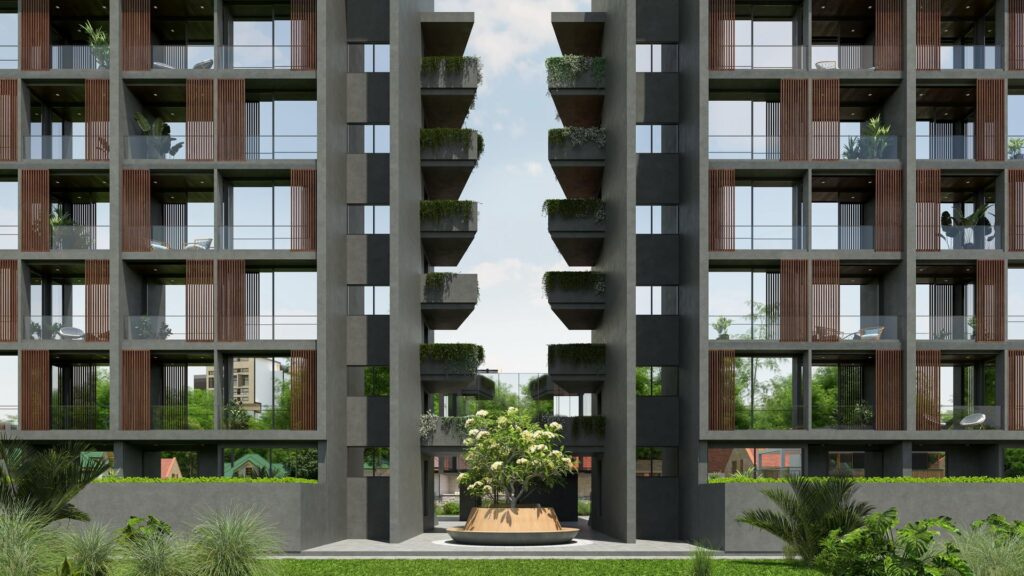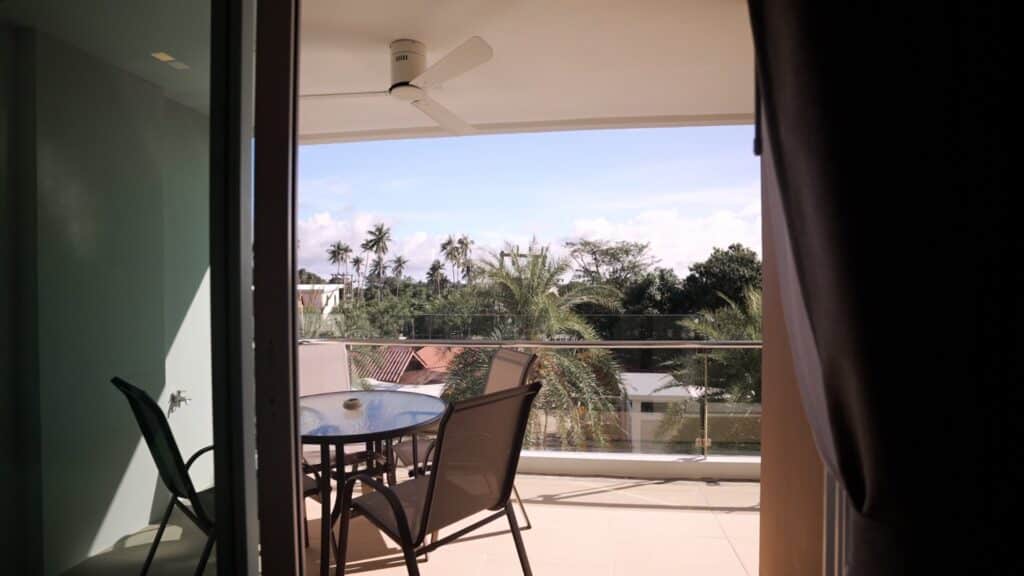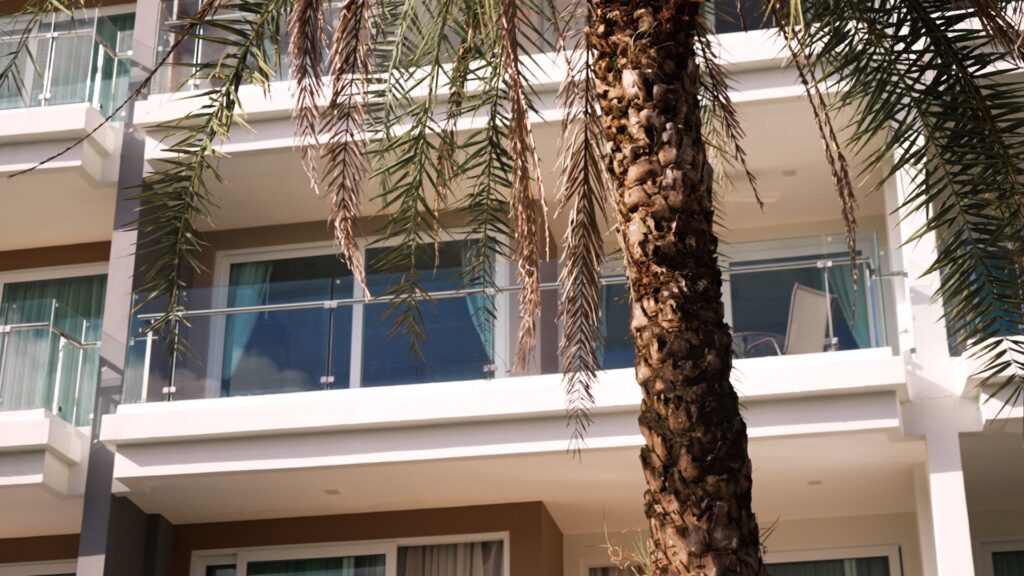Real Estate in Thailand: High-Volatility, Data-Rich Investment Outlook for 2025
Thailand-Real.Estate emerges as a pivotal compass for navigating the sprawling, rapidly evolving terrain of real estate in Thailand. Acting as a centralized nexus for up-to-the-moment market intelligence, listings, and trend analysis, it offers investors, developers, and buyers a panoramic view of the country’s booming property sector. As 2025 looms, the Thai real estate market teeters at the intersection of opportunity and transformation—powered by political recalibrations, technological upheaval, and regional migration shifts that defy linear patterns.

Expanding Market Dimensions: Beyond Straight-Line Projections
Forecasts for 2025 place Thailand’s total real estate market valuation at approximately USD 57.87 billion, expanding to an anticipated USD 75.31 billion by 2030, underpinned by a compound annual growth rate (CAGR) of 5.41%. But numbers alone belie the velocity of underlying change. The push and pull of macroeconomic resilience, booming tourism, and infrastructural mega-projects—such as the high-speed rail network connecting Bangkok to Pattaya—continue to redefine the spatial logic of investment.
Even as economic indicators chart a steady upward trajectory, the terrain is riddled with nonlinear shifts: real estate demand morphs not just with job migration, but with shifting geopolitical winds, new digital tools, and regulatory innovations. Urbanization, often painted as a monolithic trend, unfolds instead in splintered waves—from inner-city vertical living to suburban decentralization and luxury real estate opportunities in Thailand along its coasts and island enclaves, where affluent domestic and international buyers drive demand for high-end, resort-style living.

Policy as Catalyst: State Leverage Recalibrated
Government involvement has surged from passive enabler to active orchestrator. In a major regulatory departure during late 2024, Thailand elevated the foreign ownership ceiling on condominiums beyond the traditional 49% limit. Additionally, leasehold durations were extended—reportedly up to 90 years—positioning the nation as a rare beacon for cross-border capital seeking semi-permanent footholds in Southeast Asia.
But it doesn’t end there. The architecture of incentives has grown more surgical. Developers operating in Special Economic Zones (SEZs) now enjoy streamlined project approvals and potential tax abatements for green-certified developments. This cocktail of deregulation and environmental nudging is not only luring ESG-conscious capital but reshaping the spatial logic of profitability—where investment is guided as much by regulatory topography as by consumer demand.

Dissecting Price Signals and Yield Differentials
Property Price Spectrum: Granular Variations Across Typologies and Geographies
| Property Type | Location | Average Price |
|---|---|---|
| Condominium | Bangkok CBD | THB 150,000/sqm (~USD 4,300) |
| Condo (2-bed) | Greater Bangkok | USD 303,209 total |
| House | Phuket | THB 100,000–130,000/sqm |
| Villa | Phuket | ~THB 20 million total |
| Apartment (2-bed) | Phuket | USD 296,134 |
This diverse price tableau underscores a spatial bifurcation of the market—luxury dwellings for high-net-worth individuals in tourist magnets, juxtaposed with mid-tier urban housing stock driven by domestic end-users and long-term rental seekers.
Rental Yield Performance: City-Centric Disparities
| City | 1-Bed Yield | 2-Bed Yield | 3-Bed Yield |
|---|---|---|---|
| Bangkok | 5.0% | 5.5% | 6.0% |
| Phuket | 4.8% | 5.3% | 6.1% |
| Nonthaburi | 5.2% | 5.7% | 6.2% |
Yield profiles suggest that while Bangkok remains a magnet for stable, income-producing assets, secondary cities like Nonthaburi offer even more compelling returns, albeit with variable liquidity and tenant risk.

Vertical vs. Horizontal Living: Segmented Insights
Villas and Houses in Thailand: Luxury and Legacy
The villa market—concentrated in Phuket, Koh Samui, and Hua Hin—has bifurcated into trophy assets for ultra-wealthy buyers and mid-range products targeting upper-middle-class retirees. Price tags in the THB 15–20 million bracket have become commonplace, with buyers from Russia, Hong Kong, and increasingly India and Myanmar making up a significant portion of transactions.
Detached homes outside the metro core—particularly in Greater Bangkok suburbs—offer a more grounded entry point. These properties are increasingly sought after by middle-class Thai families and expats, driven by mass-transit line expansions that compress commute times while expanding spatial options.
Apartments and Flats in Thailand: Affordability Meets Yield
Bangkok’s apartment market remains a hotbed for off-plan launches, with developers bundling rental guarantees, management services, and furniture packages into sleek investment propositions. Condominiums in central zones flirt with USD 4,300/sqm, while units in Chiang Mai or Pattaya trade at nearly half that, offering rental yields that often exceed 6%. These secondary cities also benefit from the education-tourism nexus—servicing both local demand and temporary residents such as students, digital nomads, and medical tourists.

External Forces Reshaping Demand: From Geopolitics to Technology
Foreign Buyers: The Diaspora Effect and Volatility-Driven Surges
Amid the 2024 instability in Myanmar, condo purchases by Myanmar nationals in Thailand spiked 200% year-over-year, exceeding 1,000 units and valued at THB 5.46 billion (USD 158 million) in just the first nine months. This surge placed Myanmar as the second-largest foreign buyer group, trailing only the Chinese.
Meanwhile, macro tensions led to a slight cooling of Chinese and Russian investment flows, but the overall trajectory for foreign involvement remains bullish—fueled by regulatory relaxation and expanding leasehold tenures.

Legal Framework: The Rulebook Rewritten
While foreigners cannot own land directly, evolving structures offer viable workarounds. The increased foreign condo quota and extended leaseholds (up to 90 years) are cornerstones of the modern foreign investor’s toolkit. Additionally, Thai corporate structures—wherein foreigners may hold minority stakes—serve as mechanisms for accessing land ownership, though these require meticulous compliance with Board of Investment (BOI) protocols and tax codes.
This new legal equilibrium aligns Thailand’s property regime more closely with international investor expectations, enabling clearer paths to asset acquisition and monetization.

Forward-Looking Strategy: Adaptive Plays for Volatile Conditions
Track Infrastructure-Led Zones: Monitor corridors such as the Bangkok–Chonburi high-speed rail, where improved connectivity is expected to push annual house price appreciation to 8–10%.
Embed PropTech into Decision-Making: Utilize digital platforms for due diligence, automated valuation, and legal document verification to outpace slower-moving institutional investors.
Diversify Portfolio Risk: Construct a multi-layered investment stack—urban condos for liquidity, suburban houses for capital growth, and resort villas for luxury yield exposure.
Optimize Legal Compliance: Navigate ownership rules with leaseholds, expanded condo quotas, and BOI-endorsed corporate setups, adapting flexibly to ongoing legislative tweaks.
Monitor Economic Indicators: Tourist arrivals, export metrics, and GDP forecasts should inform yield expectations and occupancy planning—especially in short-term rental-heavy zones.

Final Reflections: Thailand as a Multi-Layered Investment Canvas
The narrative of real estate in Thailand is no longer linear. It is layered, asymmetrical, and fast-evolving. From luxury villas in Thailand to affordable flats in Chiang Mai, from off-plan condominium blitzes in Bangkok to leasehold-tied Houses in Thailand’s suburbs, the opportunity matrix continues to broaden.
Investors equipped with data-driven insights, legal dexterity, and technological leverage can not only mitigate risk but capitalize on the very volatility that sidelines slower players. As Thailand transitions into a more transparent, tech-integrated, and investor-friendly property environment, stakeholders willing to navigate its complexities are well-positioned to reap long-term, resilient gains.
- 0shares
- Facebook0
- Pinterest0
- Twitter0


